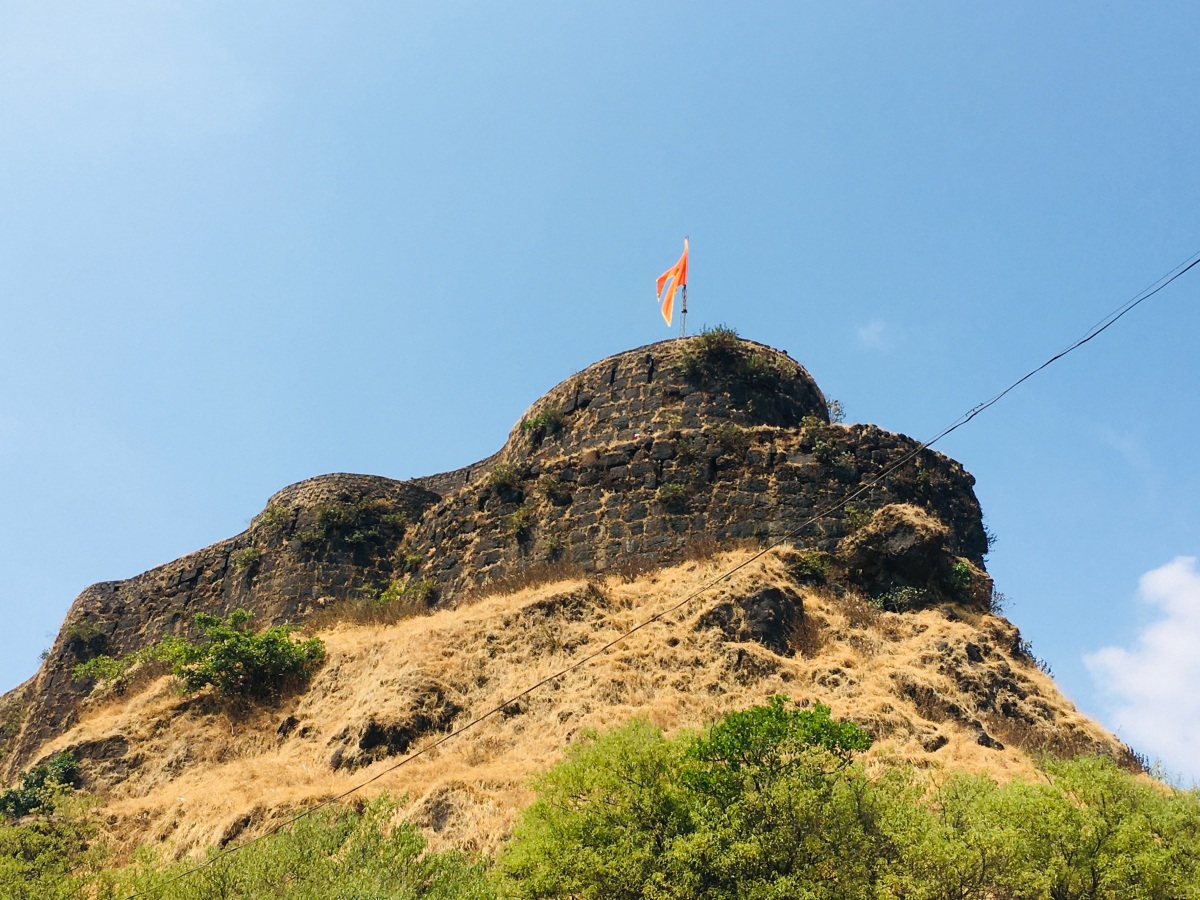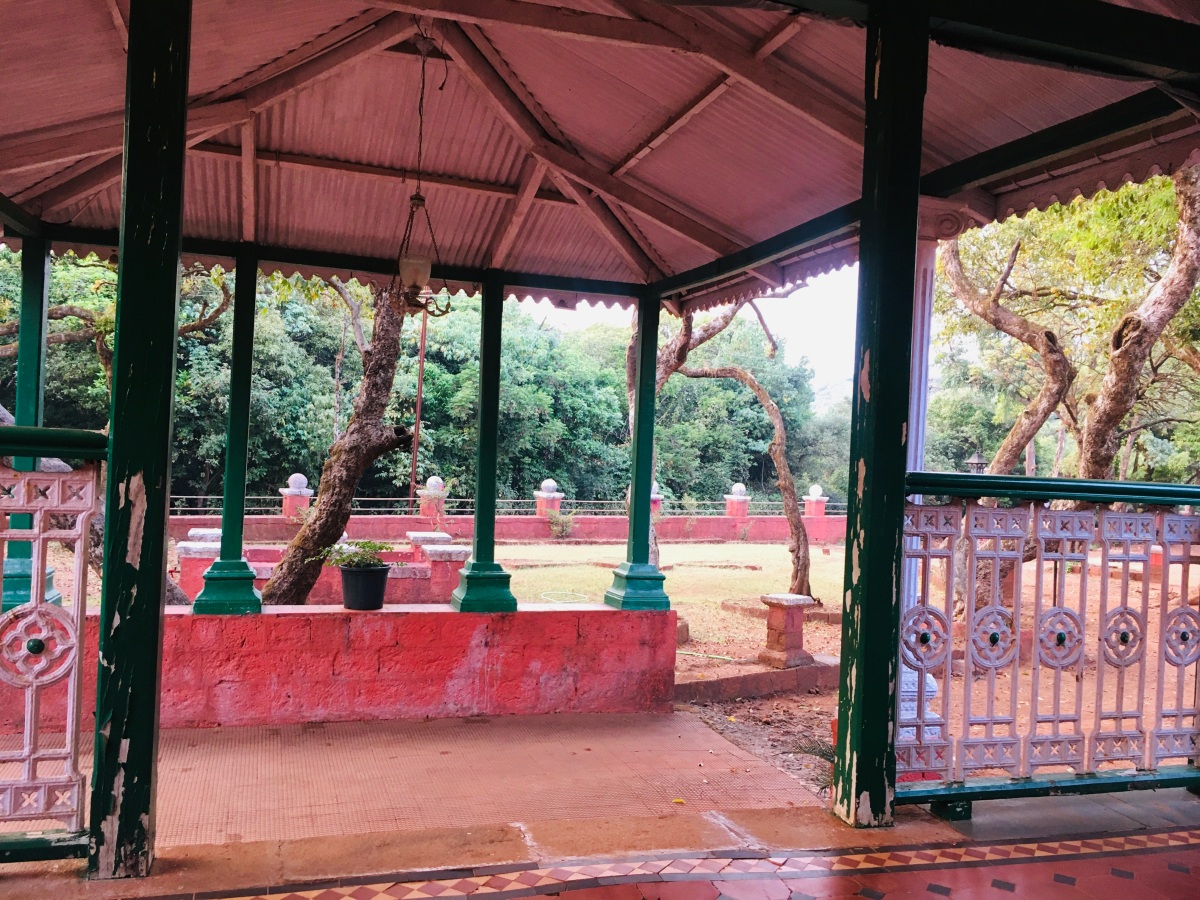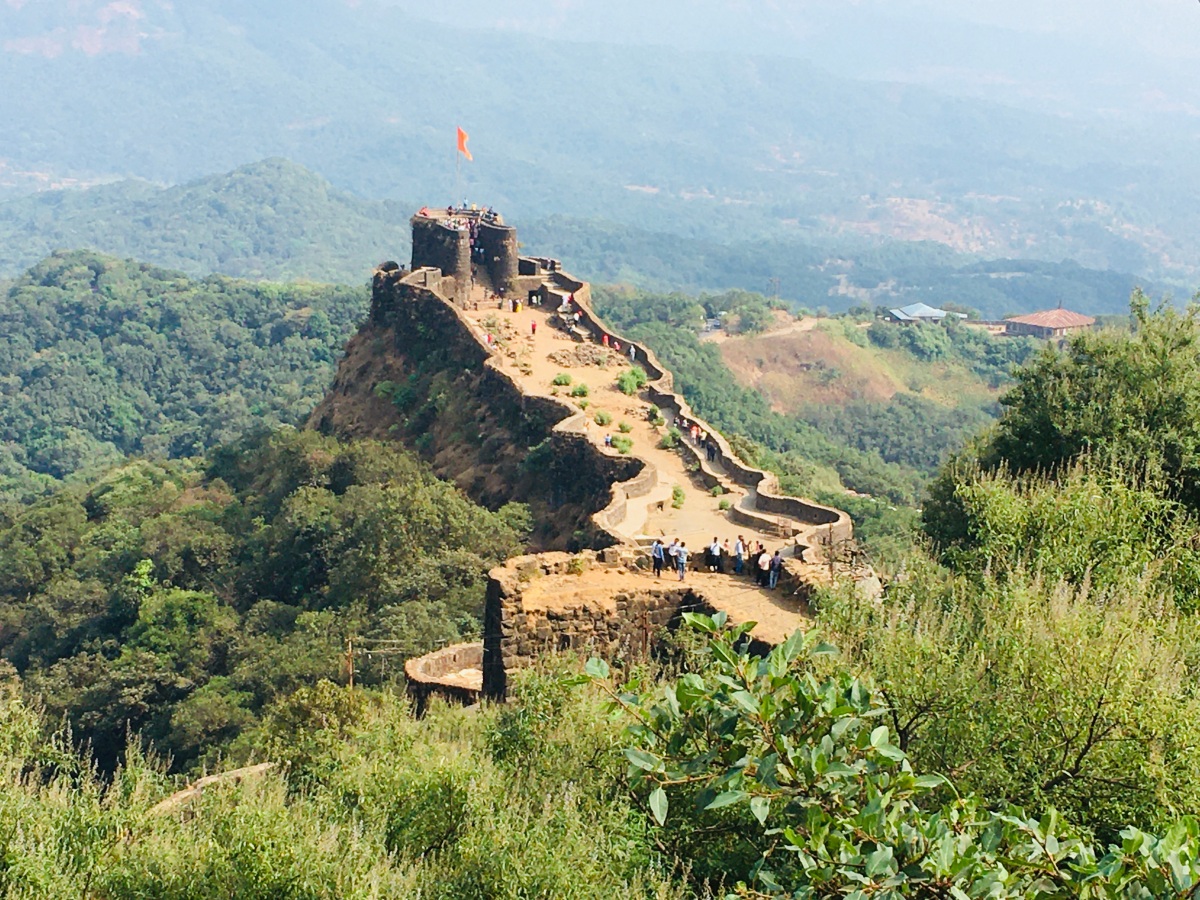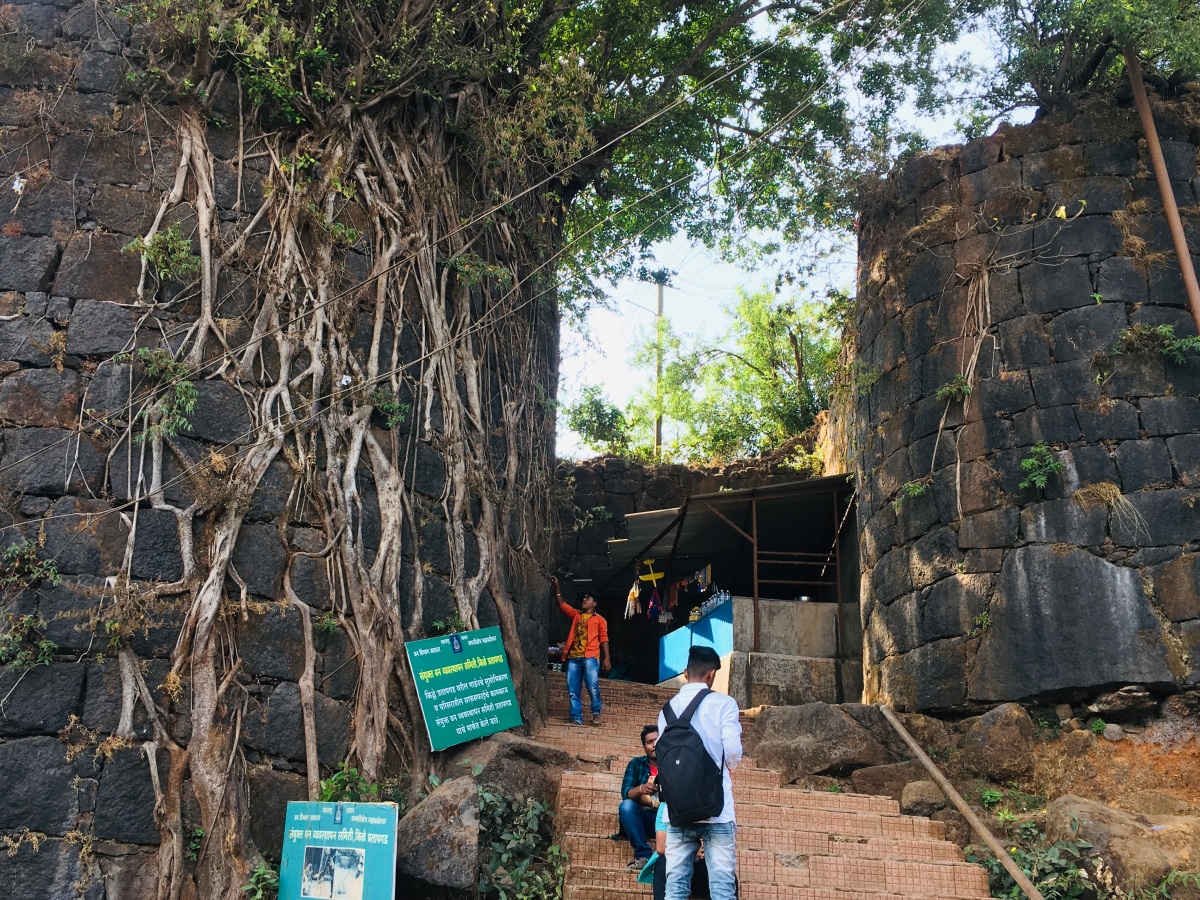Day Trip to Pratapgadh Fort
Valour. Honour. Integrity. That’s what the Marathas stand for. Pratapgadh Fort situated in the Satara district of Maharashtra – land of the Marathas – is a statement of the Maratha courage and loyalty and one of the founding stones of the Maratha Empire.
A weekend trip to Mahabaleshwar turned out to be a mix of relaxation, fun, food and history. This was the only trip we were able to take in 2020 before our world got confined to our homes. 25 kms. away from the popular hill station of Mahabaleshwar lies the historical Pratapgadh Fort. We made a day trip to the Fort from Mahabaleswar and spent most of the afternoon learning about its fascinating history.

History
Located at 3500ft, Pratapgadh Fort is a veritable bastion of Maratha bravery and craftsmanship. It was built in 1656 by the talented architect Hiroji Indulkar and Prime Minister Moropant Pingle on the directions of Chatrapati Shivaji Maharaj. It marks the site of Shivaji’s famous win over Afzal Khan in the Battle of Pratapgadh. Afzal Khan’s tomb is located nearby (can be seen from the Fort) as an act of respect by Shivaji.
Battle of Pratapgadh
This battle was fought between the Shivaji’s Maratha forces and Afzal Khan – a 7.5ft tall giant weighing 285Kgs. It is said that Shivaji invited Afzal Khan to his Fort as a sign of truce. However, Afzal Khan betrayed the truce and brought along his army hidden at the entrance to the Fort, displaying use of guerilla warfare tactics. He then tried to kill Shivaji with a concealed dagger after Shivaji had welcomed him into this chambers. Shivaji retaliated and instead fought and killed Afzal Khan with his bare hands (so it is said). The Maratha army defended the fort and defeated the enemy. The cleverly constructed Fort was especially helpful in guarding the King and his armies.
Fort Architecture
The Fort was constructed as a place of ruling for Shivaji but more importantly as a defense line against enemies. This is clearly visible in the architecture and layout of the Fort. It is perched atop a hill which makes approach difficult anyhow. Then the entrance is built in such a way that soldiers can observe all entries to the fort but are themselves invisible to the newcomers. The higher ramparts contain concealing places for the soldiers who could attack would-be invaders long before facing an attack themselves. The Fort drops away to sheer rock face on all sides which makes it impossible to access it from any angle.
The Fort includes a 350 year old Hanuman Mandir where Hanumanji’s statue has a full face blessing hand and the Sadariya Khalbat Khana or the Diwani-i-khas. It also houses the Vijay cannon which has a 2.5 km range, now moved from its original position atop the hill to the entrance passage. The gomukh gate is located atop the Balli (meaning, small) killa. On display near the temple is a sword owned by a soldier which has stars on it to indicate killing of a 1000 men!
There are a total of 475 steps to reach the very top!!
Present Day

Today the Fort is home to 40 families descending from the soldiers or the staff of the royal house. It is a tourist attraction due to its rich history and its scenic location. The view from the top of the fort is beautiful. The fort offers 360 degree views of the impressive Western Ghats. There are shops selling food, souvenirs etc. run by the aforementioned families. They are the caretakers of this Maratha jewel.
In 1957, a 16 ft. statue of Shivaji riding a horse was built in his honor. A beautiful garden has been constructed surrounding the statue.

Indian Haat: When we had visited in February, there was an indigenous “haat” being held there. Local handicraft goods like bags, toys, hats, jewelry etc. were on sale. The colorful merchandise was very tempting and I bought a few knick-knacks.
Tip: Make sure to hire a guide to tell you about the enthralling history of the fort and the Maratha Empire. All the above information was gleaned from our guide who was a descendant of a Maratha soldier.
To Reach: We drove from Mahabaleswar which took around 45 minutes. You can also reach via train, nearest station is Satara.
Watch road trip video here.
Tip: Make sure to reach early to get parking near the entrance, otherwise it will be a bit of a hike to reach the fort if you park further down the hill.
Other activities in Mahabaleswar
- Trek to Elephant’s Head viewpoint – this is the most famous viewpoint here, you can see the mountain shaped like the head of an elephant. To be honest though, after several attempts we could not figure out where that elephant was! The view in general though was picturesque.
- Ride a boat on Venna Lake – Surrounded by mountains, this lake is a lovely spot for a serene boat ride.
- Visit Mapro Garden – Mapro offers a wide range of squashes, jams, ketups etc. They have a processing unit in Mahabaleswar (outskirts) and it is now a tourist attraction with restaurants, shops, picnic spots. A must try is their strawberries with cream.
- Eat strawberries – Mahabaleswar is famous for strawberries and produces 80% of the country’s output! So be sure to try out some.
- Buy leather shoes – This area is also known for its leather goods, especially shoes. There are shops galore so choose well.
While we did do the first and last activities, we chose to skip out the rest and relax at our hotel, Jameson Villa. It was a colonial era cottage with big grounds, large leafy trees, 2 cute dogs and good food. We enjoyed a game of badminton in the cool evening air before unwinding with a hot cup of tea on the verandah. Ah, pure bliss. It was a weekend well spent.

Tip: It gets quite cool after sunset so remember to pack your jackets.
I’m taking my blog to the next level with Blogchatter’s My Friend Alexa.












